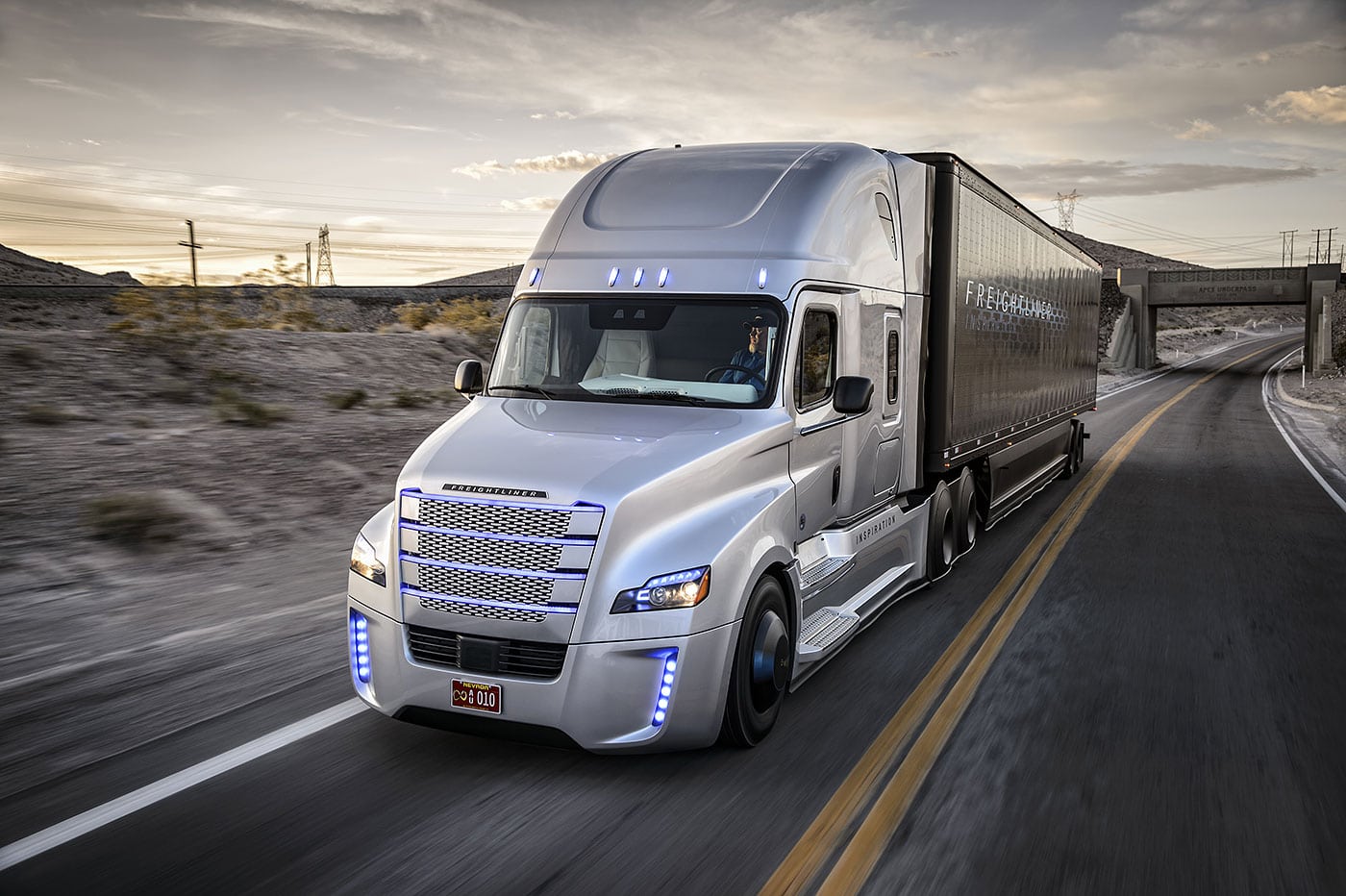Mercedes-Benz Trucks has produced a 3D-printed spare part made of an aluminum-silicon material. The part is a thermostat cover that fits older model Unimog and trucks from the Mercedes brand. The 3D printing process for metal requires selective laser melting (SLM) as opposed to the simpler selective laser sintering (SLS) used for plastics. This makes the process more complex and requires specific temperatures and heat applications on layers of materials dust put into place with precision.
A layer of aluminum-silicon powder is placed and then heated with individual lasers to specific temperatures before another layer of powder is applied. The result is a high-strength, three-dimensional aluminum component ready for use in high-temperature applications such as (in this case) the vehicle’s cooling system.
The after-sales and replacement parts business at Mercedes-Benz Trucks’ Customer Services & Parts division began using 3D printing about a year ago. The processes have been improved with time as Daimler’s engineers worked on the plastics and materials involved. They’ve now moved to metals and this thermostat cover is their first production item. The idea is to quickly reproduce parts that are less often ordered to provide them nearly on-demand and at lower cost. The parts have the advantage of having a 100% density and greater materials purity than traditionally cast aluminum parts do.
Mercedes-Benz sees a future in peripheral engine parts made of metal, in-engine parts, as well as parts for cooling, transmissions, axles, and chassis. Complex structures can be easily replicated and printed and are far easier to reproduce than they are with standard cast methods. Classic and short-run model series will especially benefit from this new technology, Daimler engineers say.







